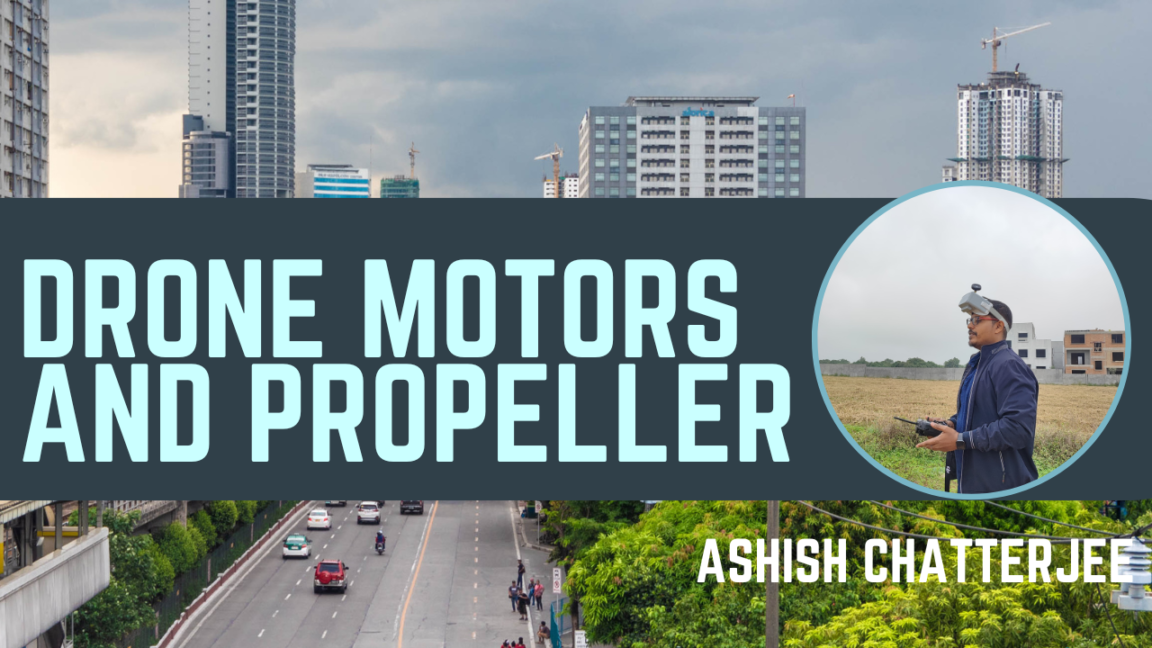Introduction
Motors and propellers are critical components that determine the speed, efficiency, and maneuverability of an FPV drone. Choosing the right combination ensures optimal performance based on your flying style.
Types of FPV Drone Motors
- Brushed Motors – Used in small drones, lightweight, but less durable.
- Brushless Motors – More powerful, efficient, and durable, common in FPV drones.
Understanding Motor Specifications
| Spec | Meaning |
| KV Rating | RPM per volt applied (Higher KV = More speed, lower torque). |
| Stator Size | Measured as XXYY (e.g., 2207 means 22mm diameter, 07mm height). |
| Number of Poles | Determines efficiency and torque delivery. |
| Mounting Pattern | Ensures compatibility with the frame. |
Choosing the Right Motor
- Freestyle & Racing – 2207 or 2306 motors with 1700-2700KV.
- Cinematic & Long-Range – 2506 or 2808 motors with 900-1600KV.
- Micro Drones – 1103 or 1204 motors with 5000-9000KV.
FPV Drone Propellers
Propellers impact speed, thrust, and handling.

Types of Propellers
- Two-Blade – More efficient, less thrust, best for long-range.
- Three-Blade – Balanced efficiency and control, most common.
- Four-Blade & Five-Blade – More grip, stability, and responsiveness, used in cinematic drones.
Propeller Sizes
| Size | Best Use |
| 2″-3″ | Micro drones, indoor FPV |
| 4″-5″ | Racing and freestyle (most common) |
| 6″-7″ | Long-range and cinematic flights |
Material Choices
- Plastic (ABS/PC) – Lightweight and flexible.
- Carbon Fiber – Rigid and durable, but expensive.
Conclusion
Selecting the right motor and propeller setup significantly affects flight performance. Matching KV, stator size, and prop type to your flying style ensures the best experience in racing, freestyle, or cinematic FPV drone applications.
Stay tuned for our next blog on Electronic Speed Controllers (ESCs) for FPV Drones!






GIPHY App Key not set. Please check settings